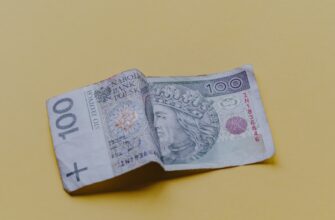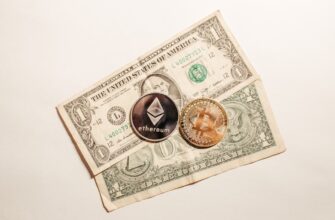The question “Can I use M-Pesa to buy Bitcoin?” reflects the growing interest in cryptocurrency across Africa. The short answer is yes – but not directly through M-Pesa itself. This guide explains exactly how to safely purchase Bitcoin using M-Pesa payments, highlighting platforms, steps, risks, and alternatives.
HOW TO BUY BITCOIN USING M-PESA
While M-Pesa doesn’t offer direct Bitcoin purchases, peer-to-peer (P2P) exchanges bridge this gap. Follow these steps:
1. Choose a P2P platform: Select reputable exchanges like Paxful, LocalBitcoins, or Binance P2P that support M-Pesa transactions.
2. Create and verify your account: Complete KYC verification with your ID and phone number.
3. Find a seller: Filter sellers accepting M-Pesa payments and check their reputation score.
4. Initiate trade: Specify Bitcoin amount, confirm the seller’s M-Pesa details (phone number or till), and lock the trade.
5. Send payment via M-Pesa: Use the *334# menu to transfer the exact amount to the seller’s provided details.
6. Confirm receipt: Upload payment proof in the trade chat. The seller releases Bitcoin to your exchange wallet.
7. Transfer to private wallet: Move your Bitcoin to a secure non-custodial wallet like Trust Wallet for safety.
BENEFITS OF USING M-PESA FOR BITCOIN TRANSACTIONS
Leveraging M-Pesa for crypto offers distinct advantages:
– Speed: Transactions complete in minutes versus days with banks
– Accessibility: No bank account needed – works on basic mobile phones
– Lower barriers: Minimal documentation compared to traditional exchanges
– Financial inclusion: Opens crypto access to unbanked populations
– Familiar interface: Uses existing M-Pesa workflows users already trust
KEY RISKS AND PRECAUTIONS
Despite convenience, consider these challenges:
– Scam sellers: Verify trader ratings and trade history before transacting
– Price volatility: Bitcoin’s value can shift during transaction windows
– Transaction limits: M-Pesa’s daily/monthly caps may restrict large purchases
– Regulatory uncertainty: Cryptocurrency regulations vary across African markets
– No buyer protection: P2P trades lack formal dispute resolution mechanisms
Always use escrow services, never share M-Pesa PINs, and start with small test transactions.
ALTERNATIVE BITCOIN PURCHASE METHODS
If M-Pesa isn’t suitable, consider:
– Bank transfers: Direct deposits to exchanges like Luno or VALR
– Crypto debit cards: Services like Crypto.com Visa card
– Gift card swaps: Platforms accepting Amazon/Google Play cards for Bitcoin
– Bitcoin ATMs: Physical kiosks in major cities (Nairobi, Lagos, Johannesburg)
– Other mobile money: Airtel Money or T-Kash supported platforms
FREQUENTLY ASKED QUESTIONS
Q: Is buying Bitcoin with M-Pesa legal?
A: Yes, but regulations vary by country. Kenya hasn’t banned crypto, but Tanzania restricts exchanges. Always check local laws.
Q: What are typical fees?
A: Expect 1-5% platform fees plus M-Pesa transfer costs. Sellers may price Bitcoin above market rate.
Q: Can I reverse a Bitcoin transaction sent via M-Pesa?
A: No. Crypto transactions are irreversible once confirmed. Double-check details before sending.
Q: How much Bitcoin can I buy daily with M-Pesa?
A: Limited by M-Pesa’s transaction caps (e.g., KES 150,000/day in Kenya) and seller availability.
Q: Can I sell Bitcoin and withdraw to M-Pesa?
A: Yes! The same P2P platforms allow selling Bitcoin for M-Pesa deposits.
While not natively integrated, M-Pesa remains a viable gateway to Bitcoin through trusted P2P channels. Prioritize security, verify sellers meticulously, and stay informed about regulatory changes to navigate this dynamic financial frontier confidently.








